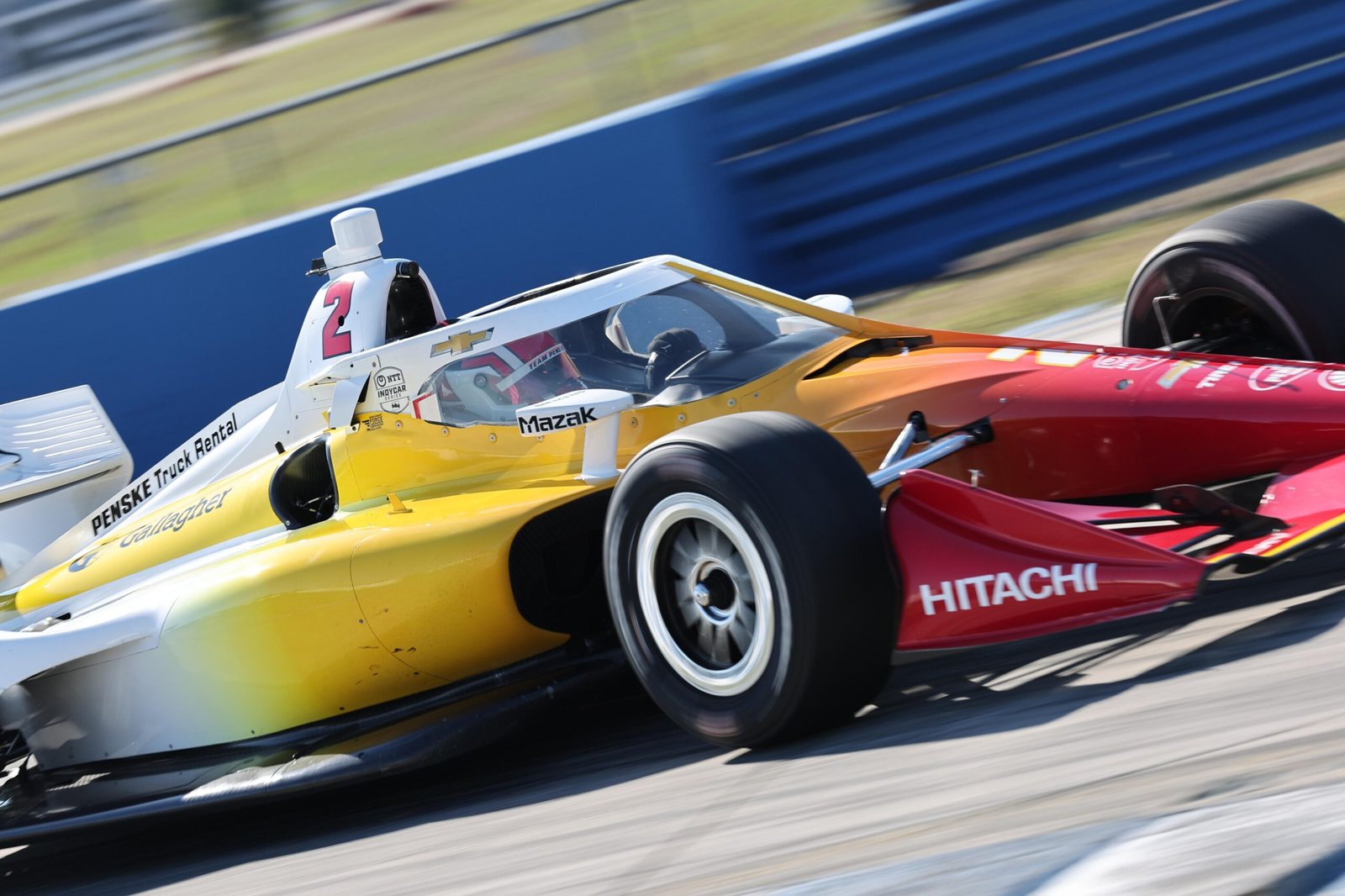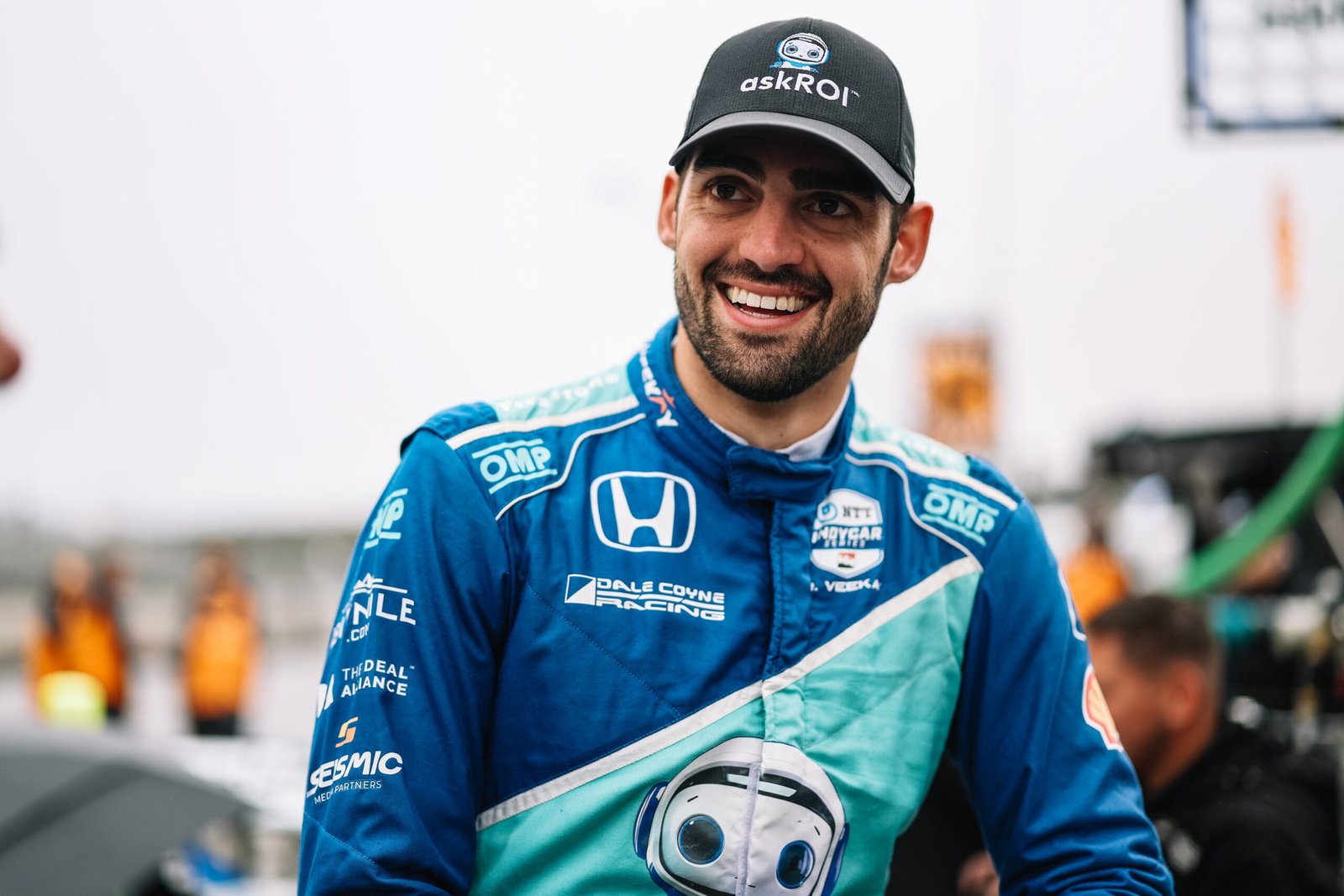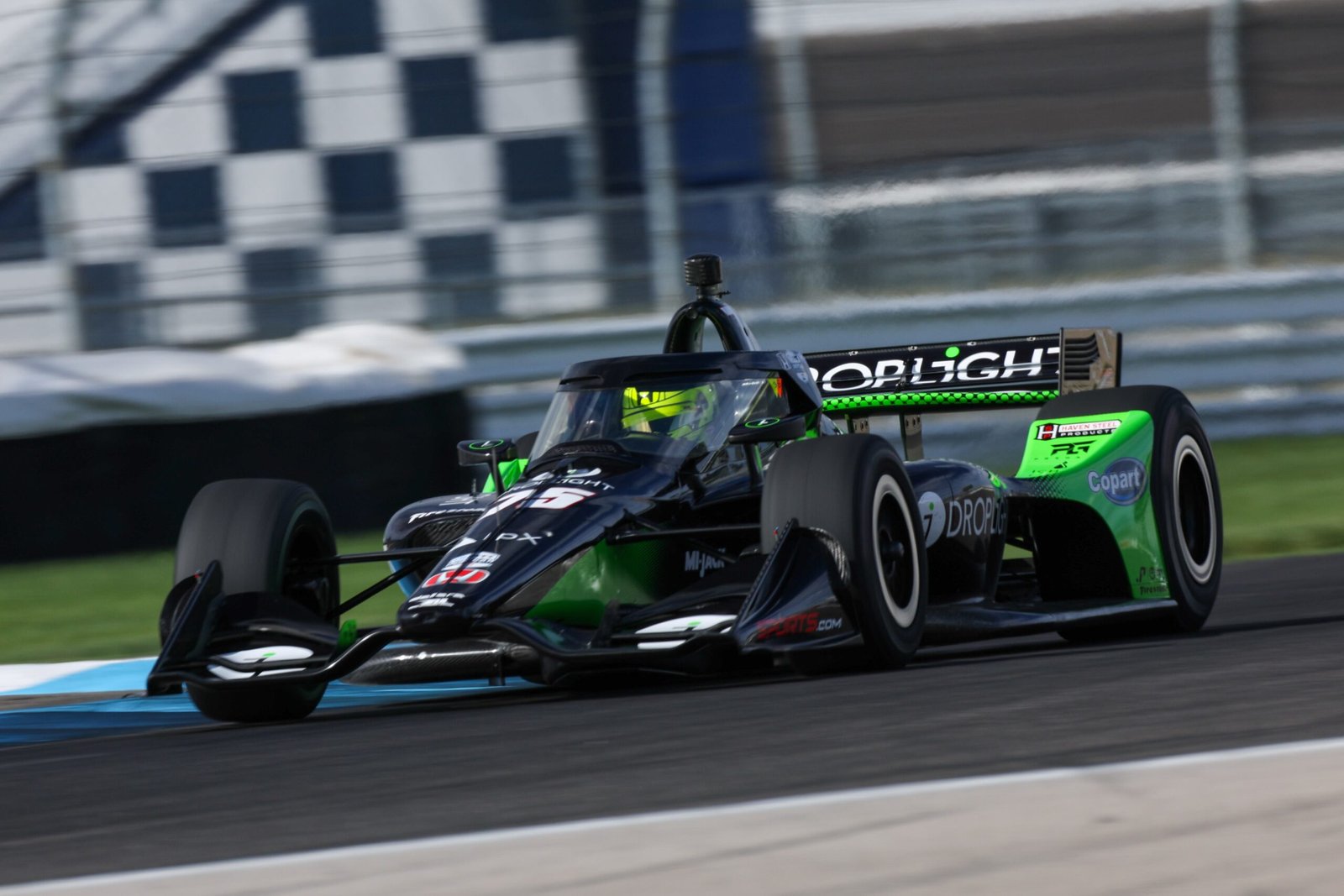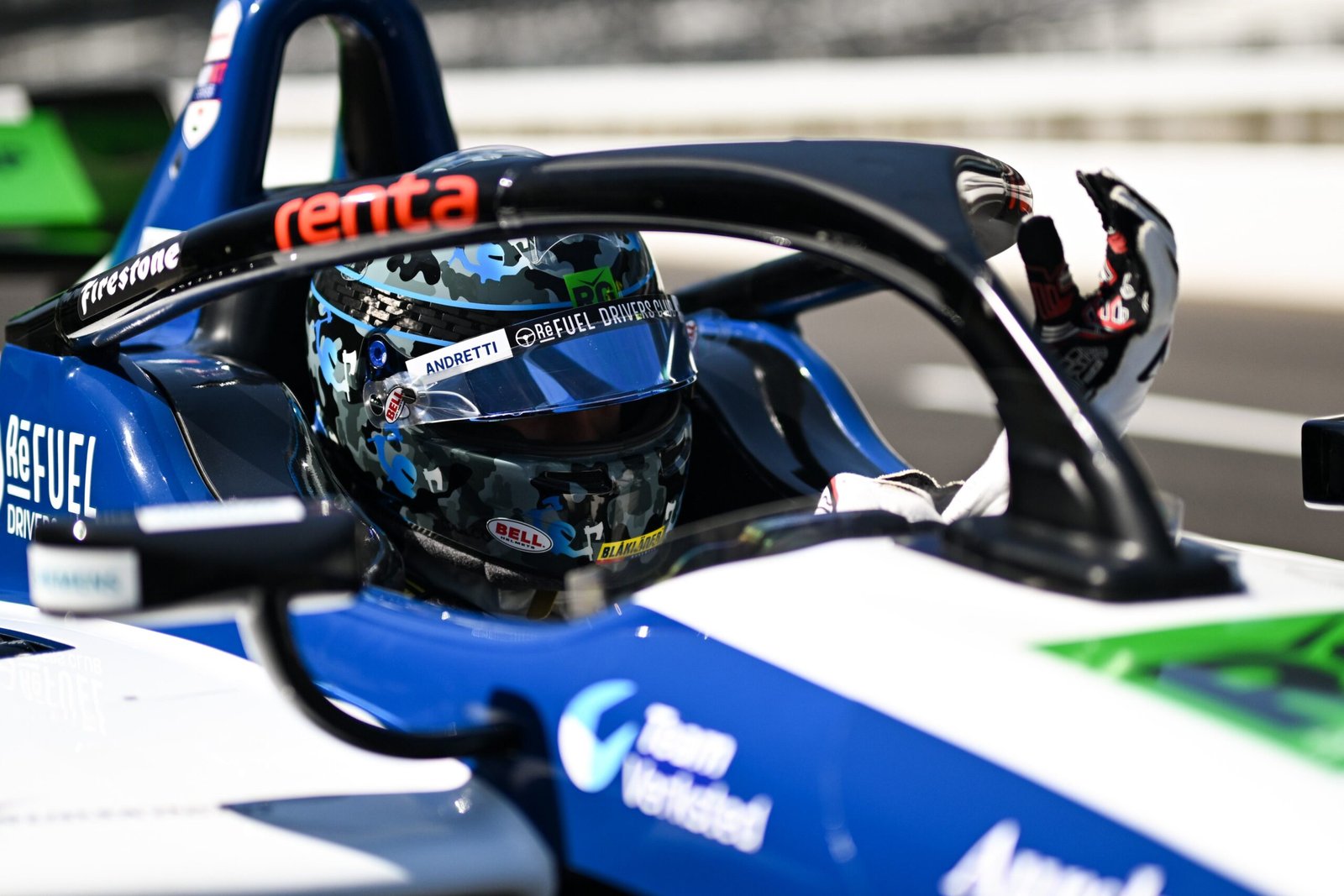IndyCar’s Delay to 2028: A Necessary Setback or a Sign of Trouble?
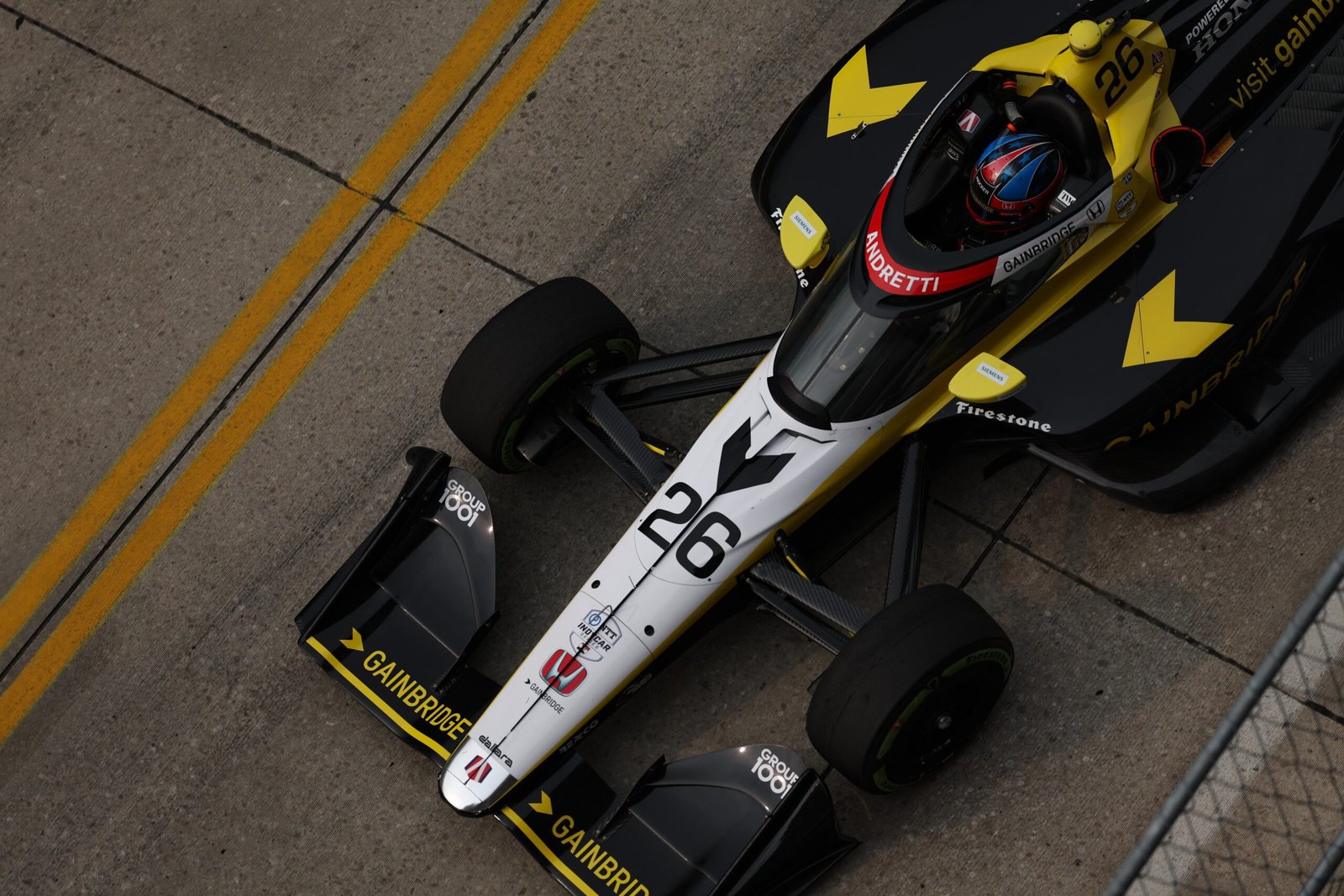
The IndyCar Series has announced that the launch of its much-anticipated next-generation car, originally set for 2027, will be pushed back by a full year to 2028. While the move is being explained as a logistical necessity, the reaction from fans and insiders reveals a deeper frustration simmering beneath the surface.
According to Racer, the delay is not due to issues with the chassis—Dallara’s new car is reportedly ready to go. The real bottleneck lies with the hybrid power units. Engine suppliers Chevrolet and Honda have indicated they need at least 18 months to produce enough hybrid systems to supply the full grid. That timeline would take them perilously close to the 2027 season, leaving little room for error or proper testing.
The decision to delay might make sense on paper, but fans are running out of patience. The current car, based on the Dallara DW12 chassis, has been on track since 2012. Despite updates like the Aeroscreen and other hybrid enhancements, it’s become a bloated and outdated machine. „We need a new car,“ fans lament on social media. One particularly blunt reaction read: „Yup, this series is gonna die.“ Another: „We’ve been running with the butt-ugly Dallara for 13 years!“
Even within the paddock, calls for change have grown louder. Josef Newgarden, a two-time champion and this year’s Indy 500 winner, has been vocal about the need for a lighter, more nimble car. That was supposed to be the direction with the 2027 machine—now postponed.
The delay also raises serious questions about long-term planning within the series. As one Reddit user pointed out, „IndyCar needs a long-term vision so this never happens again.“ The optics are troubling: for a sport trying to grow its relevance, especially in the shadow of Formula 1’s global expansion, postponing its future flagship car isn’t a good look.
However, there’s another side to the coin. Rushing underdeveloped technology into competition can backfire. Safety, reliability, and performance must come first, especially with hybrid systems that haven’t yet been race-proven at this scale in IndyCar. The league has made it clear: when the new car does arrive in 2028, it needs to be a complete, high-quality package—not just a rushed upgrade.
Still, the delay forces the series into an awkward holding pattern. Engine deals may need to be extended, sponsors and partners reassured, and fan enthusiasm maintained for three more seasons with the same aging car. That’s a tall order.
In the end, this delay could either be a prudent step back before a giant leap forward—or yet another sign that IndyCar lacks the momentum and strategic direction to evolve quickly enough. The 2028 launch now carries even more weight. The next car needs to not only perform but symbolize a fresh era. If it doesn’t, the series may find itself falling further behind in a fast-moving motorsports world.
written by Philipp Kraus / Media Credit: Penske Entertainment

